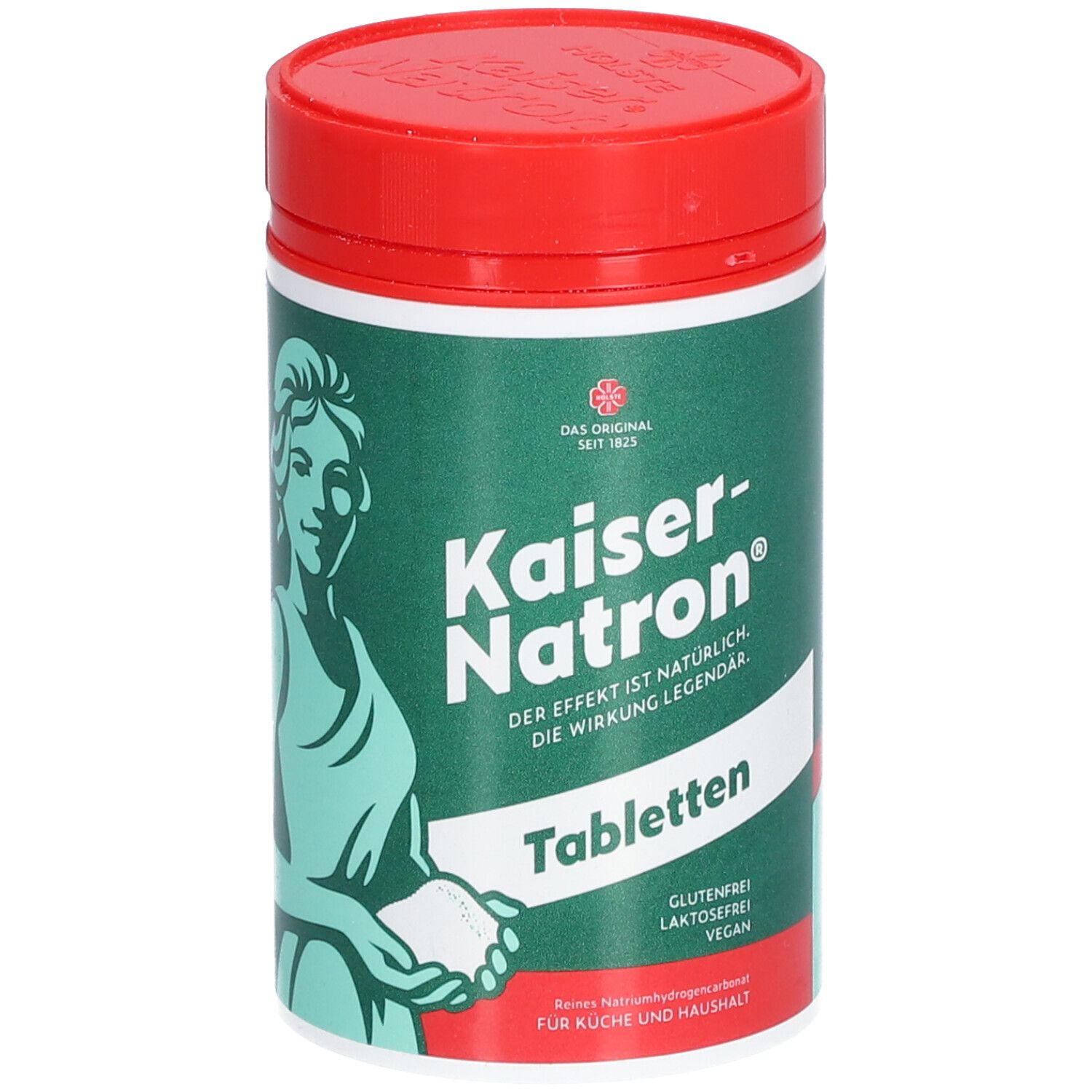


It is therefore the selective interception of radiance that produces a given colour. Introduced into the structure of the glass as ions, they absorb one or more wavelengths of white light. It is added in varying proportions to these raw materials.Īdditives and colorants make up 5 to 6% of the mass. “Cullet” or “frit” (recycled, cleaned and ground glass) is also used to lower the melting temperature.

In the past, and elsewhere in the world, other flowing agents have been used.įinally, limestone (CaCO3), magnesia (MgO) or alumina (Al2O3) are added to stabilise these raw materials at a rate of approximately 10% by mass. In order to lower this temperature (to less than 1400☌), sodium carbonate (Na2CO3) is added as a flux, which represents about 14% of the mass. Silica is the vitrifying element (oxide forming the vitreous network) of glass. Silica is the main component of glass: nearly 70% of the mass. mainly composed of silica (SiO2), sodium (Na) and calcium (Ca). This age is consistent with analyses obtained previously on gastropod shells from Trou au Natron and indicates high lake level in the Tibesti Mountains during the Late Pleistocene.The most common types of glass used today (for construction, containers, etc.) are soda-lime glasses, i.e. Radiocarbon dating of the thallus fragments provided an age of 14,260 ± 300 yr B.P. The development and preservation of the charophytes lead to conclude that the lake was at least 300 m deep at the time when the plants grew. 300 m above the present-day floor of the caldera. The topographical position of the deposits corresponds to a rocky plateau or bench on the slopes of the caldera, located c. The presence of both these types of materials and their high frequency indicate in situ fossilisation of the former fresh water vegetation, termed a “charophyte meadow”. The remains consist in vegetative (thallus) fragments and in gyrogonites (the calcified fructifications of the Characeae). Characeae represent up to 93% of these carbonates and characterise a new type of sediment, defined as “Characeite”. Vincent from outcrops of lacustrine deposits inside the caldera “Trou au Natron” at an altitude of 1875 m above sea level. The present paper deals with the charophytes collected by H.


 0 kommentar(er)
0 kommentar(er)
